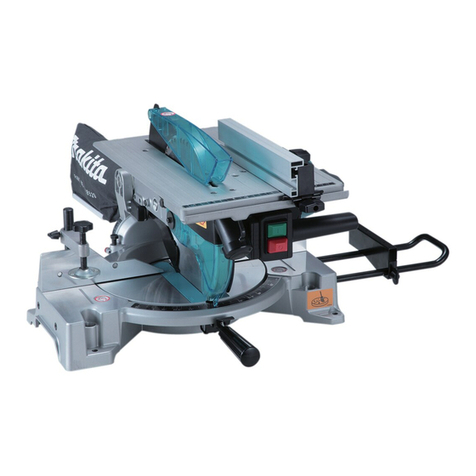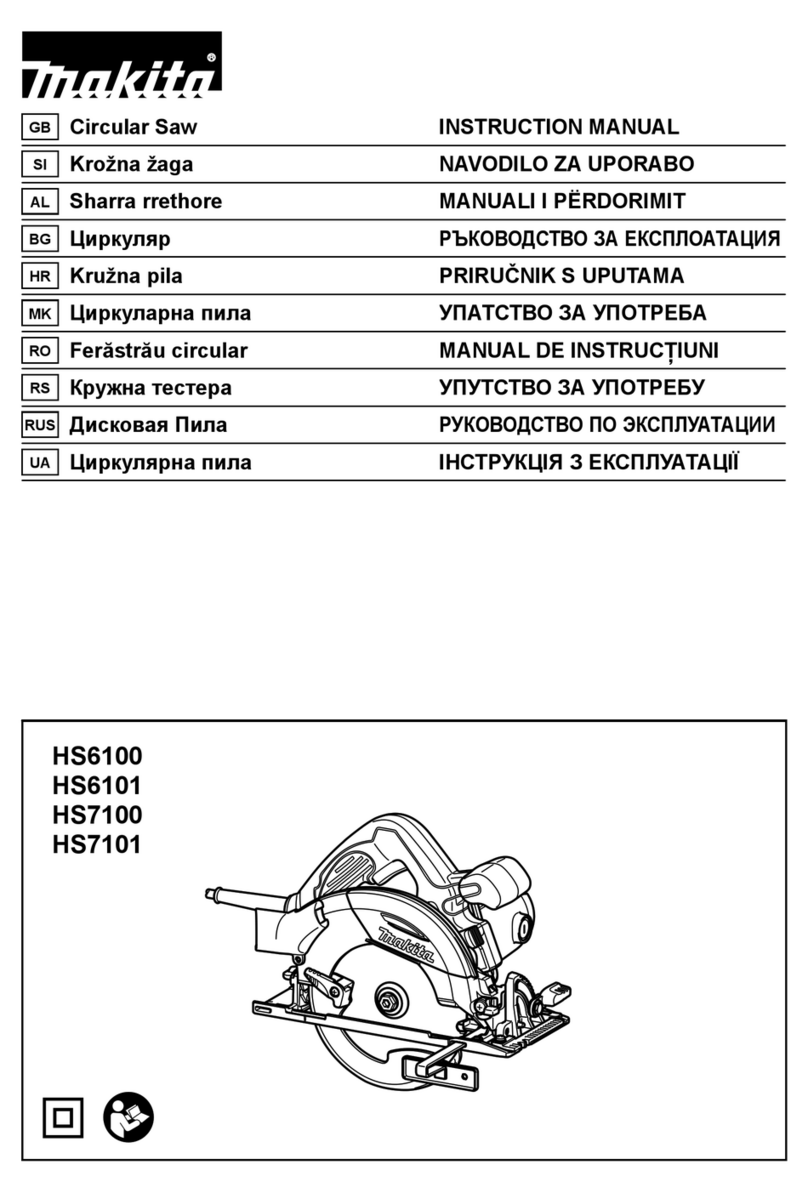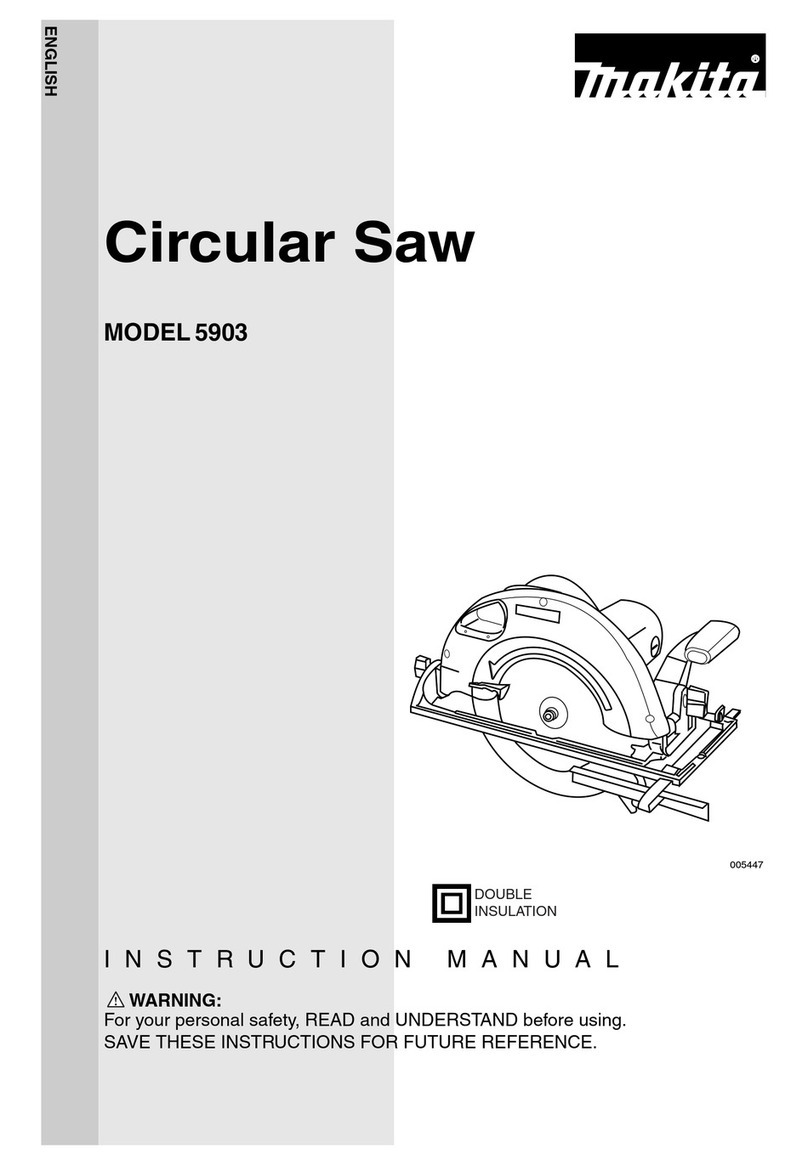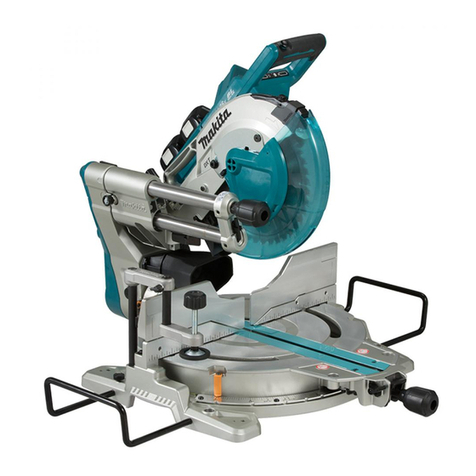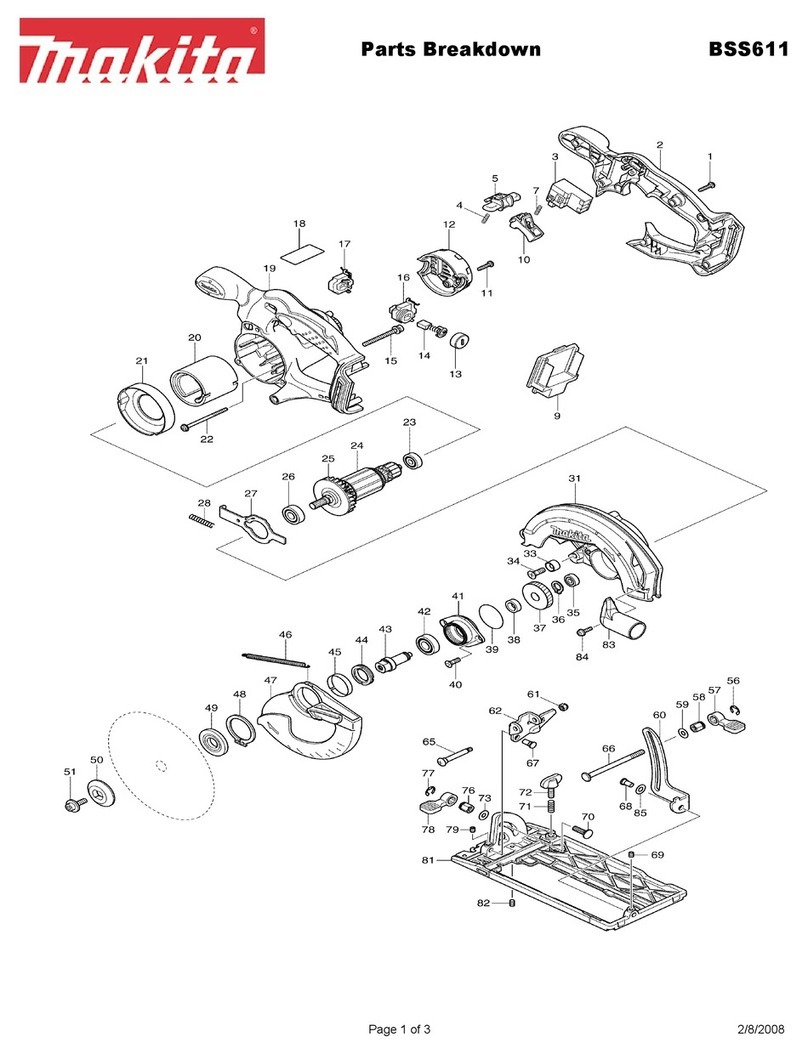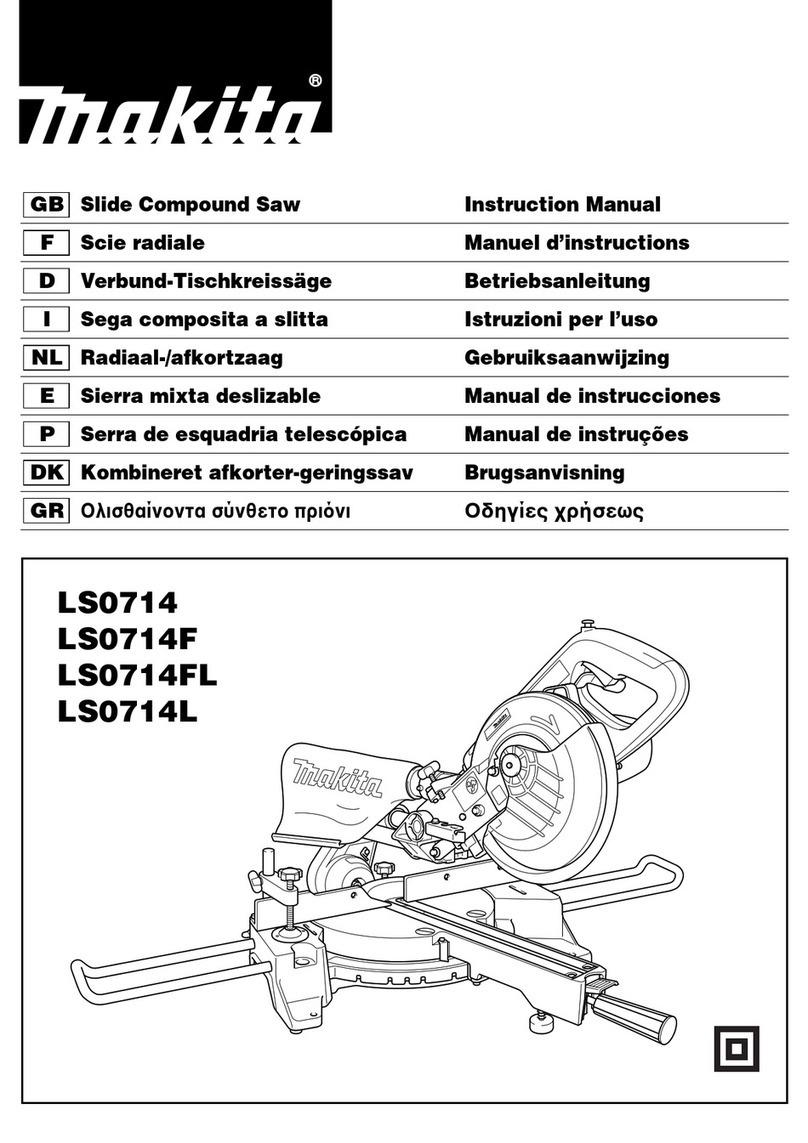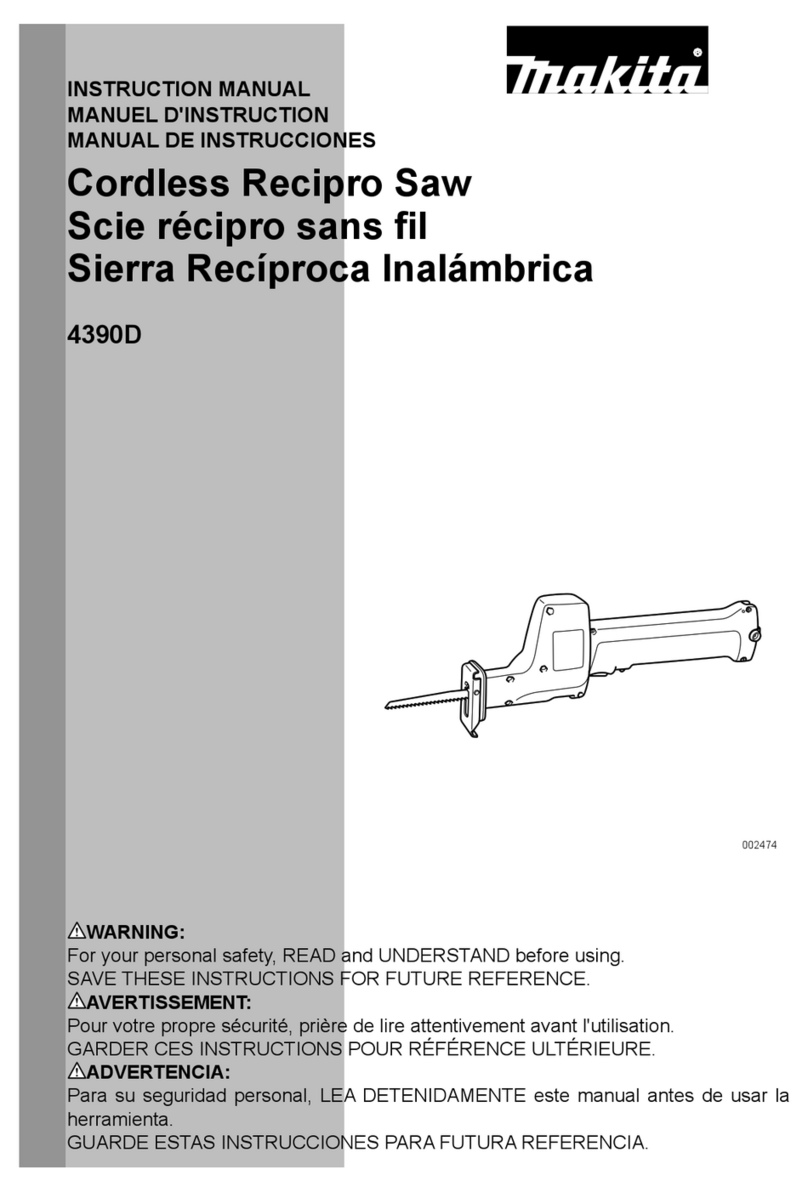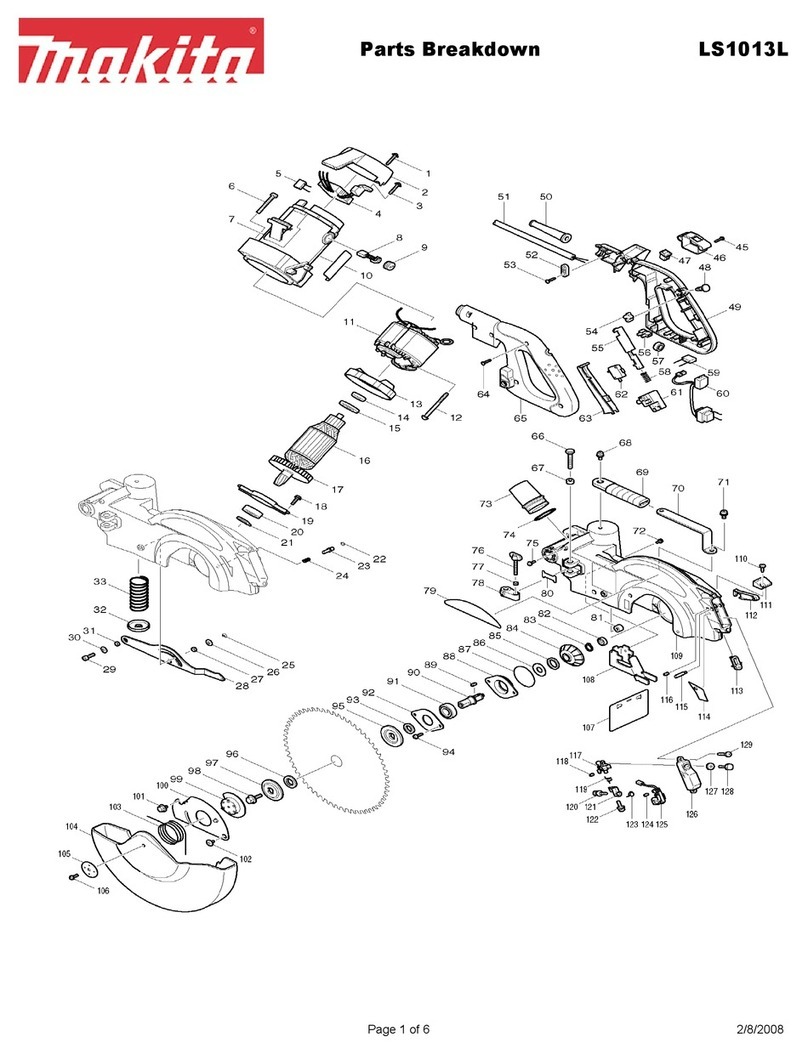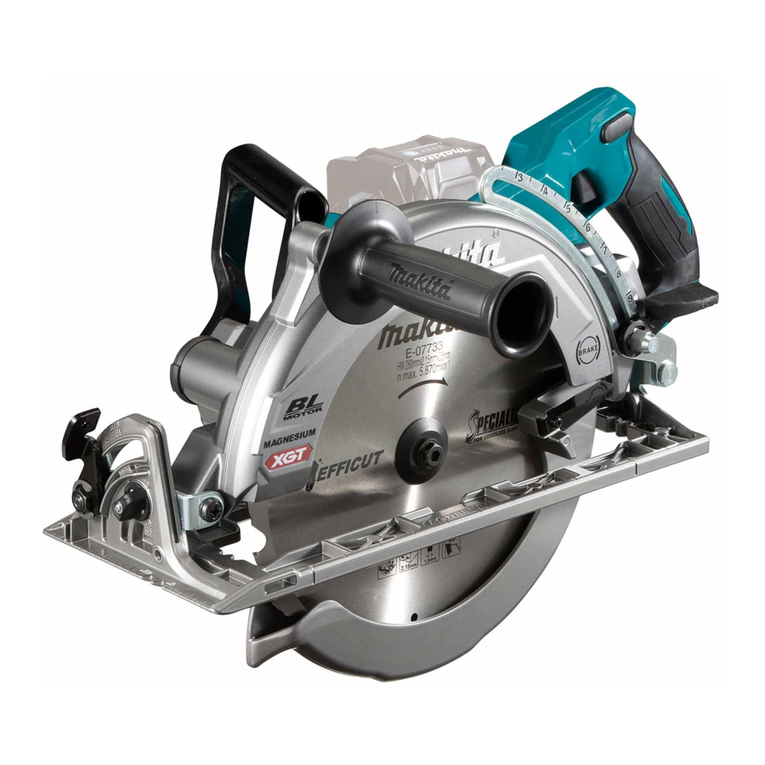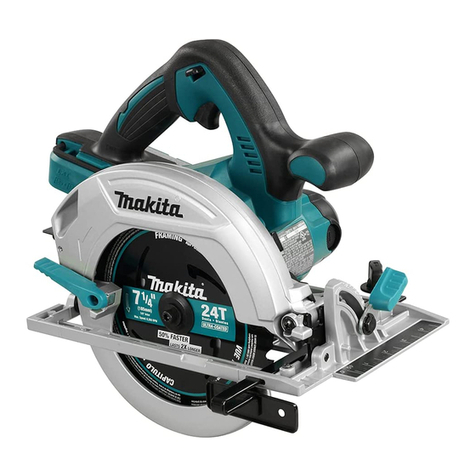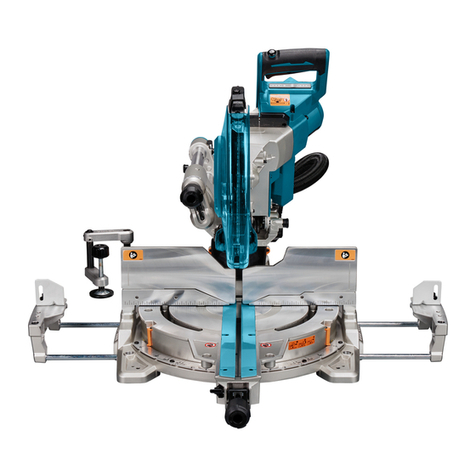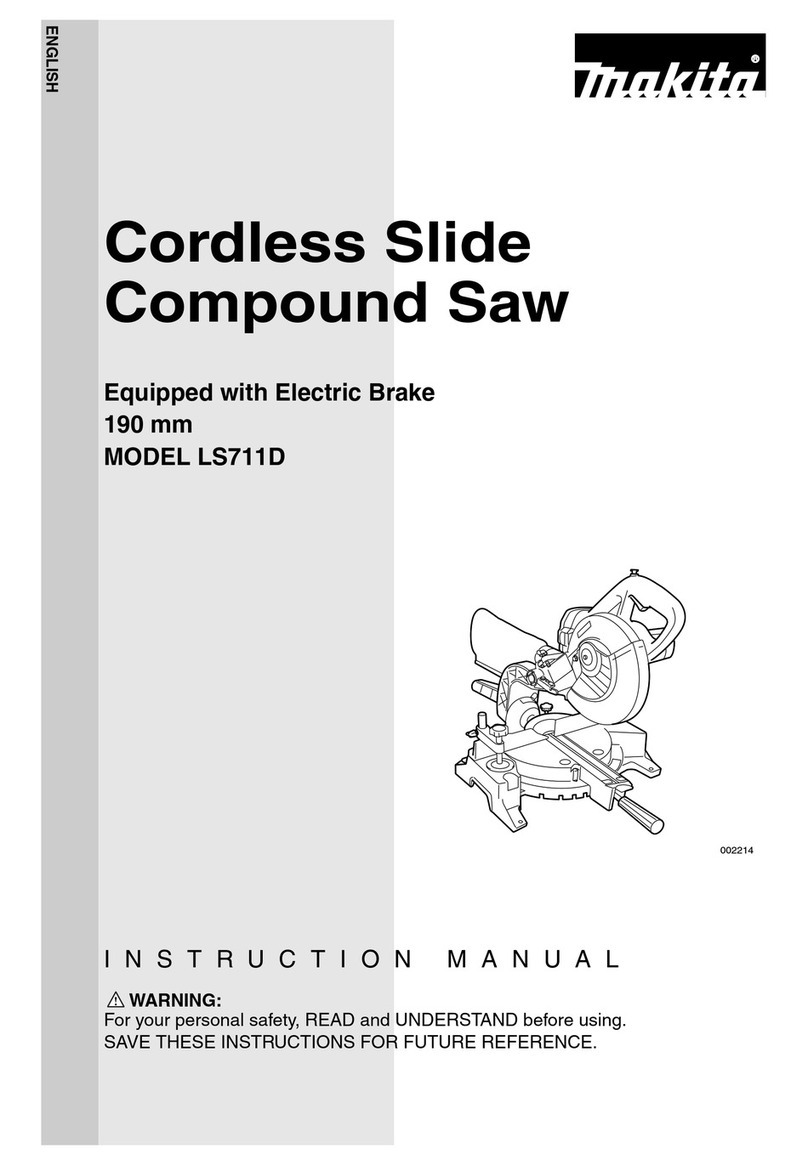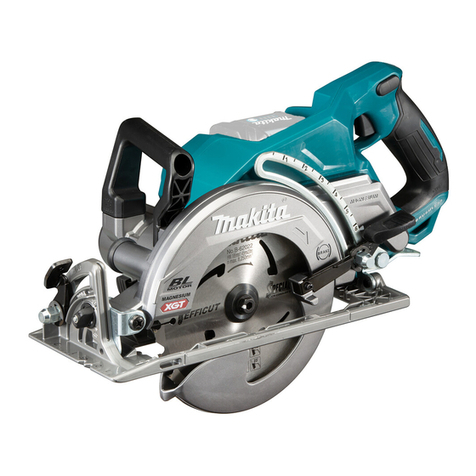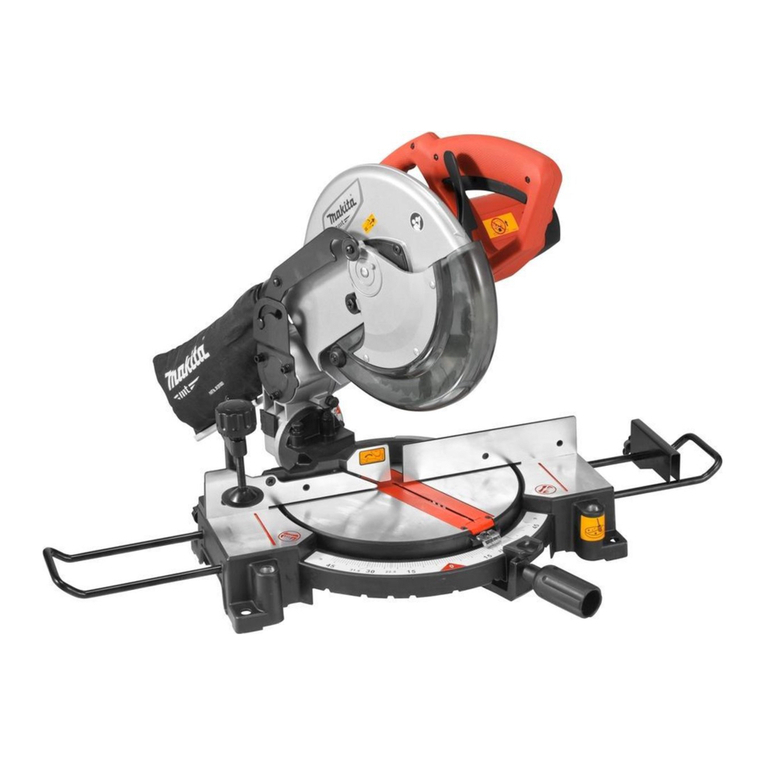
24
veelvuldig gebruik) en neem alle
veiligheidsvoorschriften van het betreffende product
altijd strikt in acht. VERKEERD GEBRUIK of het niet
volgen van de veiligheidsinstructies in deze
gebruiksaanwijzing kan leiden tot ernstig persoonlijk
letsel.
BELANGRIJKE
VEILIGHEIDSINSTRUCTIES ENC007-8
VOOR ACCU’S
1. Alvorens de accu in gebruik te nemen, leest u
eerst alle instructies en
waarschuwingsopschriften op (1) de acculader, (2)
de accu en (3) het apparaat waarin de accu wordt
aangebracht.
2. Haal de accu niet uit elkaar.
3. Als de gebruikstijd aanzienlijk korter is geworden,
stopt u onmiddellijk met het gebruik. Anders kan
dit leiden tot kans op oververhitting, mogelijke
brandwonden en zelfs een explosie.
4. Als de elektrolyt in uw ogen komt, wast u deze uit
met schoon water en raadpleegt u onmiddellijk
een arts. Dit kan leiden tot verlies van
gezichtsvermogen.
5. Sluit de accu niet kort:
(1) Raak de accupolen niet aan met enig
geleidend materiaal.
(2) Bewaar de accu niet op een plaats waar deze
in aanraking kan komen met andere metalen
voorwerpen, zoals spijkers, munten, enz.
(3) Stel de accu niet bloot aan water of regen.
Kortsluiting van de accu kan leiden tot een hoge
stroomsterkte, oververhitting, mogelijke
brandwonden en zelfs een defect.
6. Bewaar het gereedschap en de accu niet op
plaatsen waar de temperatuur kan oplopen tot
50 °C of hoger.
7. Werp de accu niet in een vuur, zelfs niet als deze
al ernstig beschadigd of helemaal versleten is. De
accu kan in een vuur exploderen.
8. Wees voorzichtig dat u de accu niet laat vallen of
ergens tegenaan stoot.
9. Gebruik nooit een beschadigde accu.
10. Neem de plaatselijke regelgeving met betrekking
tot het weggooien van de accu in acht.
BEWAAR DEZE INSTRUCTIES.
Tips voor een lange levensduur van de
accu
1. Laad de accu op voordat deze volledig leeg is.
Wanneer u merkt dat het gereedschap minder
vermogen heeft, stopt u met het gebruik ervan en
laadt u eerst de accu op.
2. Laad nooit een volledig opgeladen accu op.
Te lang opladen verkort de levensduur van de
accu.
3. Laad de accu op bij een omgevingstemperatuur
van 10 °C tot 40 °C. Laat een warme accu eerst
afkoelen voordat u deze oplaadt.
4. Laad de accu ieder half jaar op als u deze
gedurende een lange tijd niet gebruikt.
BESCHRIJVING VAN DE
FUNCTIES
LET OP:
• Zorg ervoor dat het gereedschap is uitgeschakeld en
dat de accu is verwijderd voordat u de werking van het
gereedschap aanpast of controleert.
De accu aanbrengen en verwijderen (zie
afb. 1)
LET OP:
• Schakel het gereedschap altijd uit voordat u de accu
aanbrengt of verwijdert.
•Houd het gereedschap en de accu stevig vast
tijdens het aanbrengen of verwijderen van de accu.
Als u het gereedschap en de accu niet stevig
vasthoudt, kunnen deze uit uw handen glippen en
beschadigd raken, of kan persoonlijk letsel worden
veroorzaakt.
Om de accu te verwijderen verschuift u de knop aan de
voorkant van de accu en schuift u tegelijkertijd de accu
eraf.
Om de accu aan te brengen, lijnt u de lip op de accu uit
met de groef in de behuizing en duwt u de accu op zijn
plaats. Steek de accu zo ver mogelijk erin tot u een
klikgeluid hoort. Als u het rode deel aan de bovenkant van
de knop kunt zien, is de accu niet goed aangebracht.
LET OP:
• Breng de accu altijd helemaal aan totdat het rode deel
niet meer zichtbaar is. Als u dit niet doet, kan de accu
per ongeluk uit het gereedschap vallen en letsel
veroorzaken bij u of anderen in uw omgeving.
• Breng de accu niet met kracht aan. Als de accu niet
gemakkelijk erin kan worden geschoven, wordt deze
niet goed aangebracht.
Accubeveiligingssysteem (lithiumionaccu
met een ster-merkteken) (zie afb. 2)
Lithiumionaccu’s met een ster-merkteken zijn uitgerust
met een beveiligingssysteem. Dit systeem schakelt
automatisch de voeding naar het gereedschap uit om de
levensduur van de accu te verlengen.
Het gereedschap zal tijdens gebruik automatisch stoppen
wanneer het gereedschap en/of de accu zich in een van
de volgende omstandigheden bevinden:
• Overbelasting:
Het gereedschap wordt gebruikt op een manier die
ertoe leidt dat een abnormaal hoge stroomsterkte uit
de accu wordt getrokken.
Laat in die situatie de aan-uitschakelaar van het
gereedschap los en stop het gebruik dat ertoe leidde
dat het gereedschap overbelast werd. Knijp daarna
opnieuw de aan-uitschakelaar in om het
gereedschap weer in te schakelen.
Als het gereedschap niet wordt ingeschakeld, is de
accu oververhit. In die situatie laat u de accu eerst
afkoelen voordat u opnieuw de aan-uitschakelaar
inknijpt.

